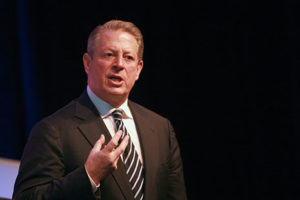In the midst of an economic slump that has libraries everywhere cutting to the bare bones, it’s a special pleasure to be able to present a showcase of new and renovated facilities that can hold its own against any other we’ve published since the annual American Libraries feature began in 1977 with a modest story called “Solar Nexus: Library Pioneers in Tapping the Sun’s Energy.” The article examined the Troy–Miami County (Ohio) Public Library’s visionary plan for building a library that could harness solar power “for human use.”
I asked Rachelle Miller, the library’s current director, how the vision had panned out. “I’m afraid the concept didn’t work as well as expected,” she said. “Ohio is a relatively cloudy state. The solar system was made up of glass tubing and, during a very cold winter in the late 1970s, most of the tubes shattered and library workers were forced to spend a large amount of time picking glass off the roof; it wasn’t the shatterproof kind.” The heating system was soon abandoned.
“I think the system is probably a good example of how visionary ideas sometimes need to be either modified or just plain don’t work,” said Miller. “Also, it’s a good example of how you can’t think of everything when trying a visionary idea, because you don’t have other examples to look at.” Which goes to show that being an innovator always involves risk.
Architects and librarians alike have learned a great deal from pioneering examples like Troy-Miami. The architectural showcase in the April issue of American Libraries demonstrates that environmental awareness in building construction has come a long way in three decades.
In addition to the showcase, AL online, for the first time ever, features 10 additional showcases, each highlighting a facet of architecture or building design, including successful green buildings, children’s spaces, landscaping, and the building’s role in supporting technology.
AL is also publishing a digital supplement that spotlights more of the 85 projects submitted. The supplement will highlight green efforts that make the Troy-Miami experiment in environmental friendliness, when we weren’t even using the word “green” as a verb, seem like ancient history.
This month’s lead story, by Susan McNeese Lynch, features a dream-come-true for an underserved neighborhood in Louisville, Kentucky, where a new branch library has become a beacon of hope.
Also in the April issue, Sandra Feinberg and James R. Keller share their vision for creating a new youth services space. Previewing their forthcoming ALA Editions title, Designing Space for Children and Teens in Libraries and Public Places, the authors assert that it requires “an examination of the mission and roles of the library.”
Along with the facilities focus in the April issue, look for previews of two more forthcoming ALA Editions books—“Managing Digital Projects” from a book of the same name by Ira Revels, and “Invest in Yourself” by Catherine Hakala-Ausperk from her forthcoming Be a Great Boss—and special reports ranging from the Olympics in Vancouver to the earthquake devastation in Chile.

